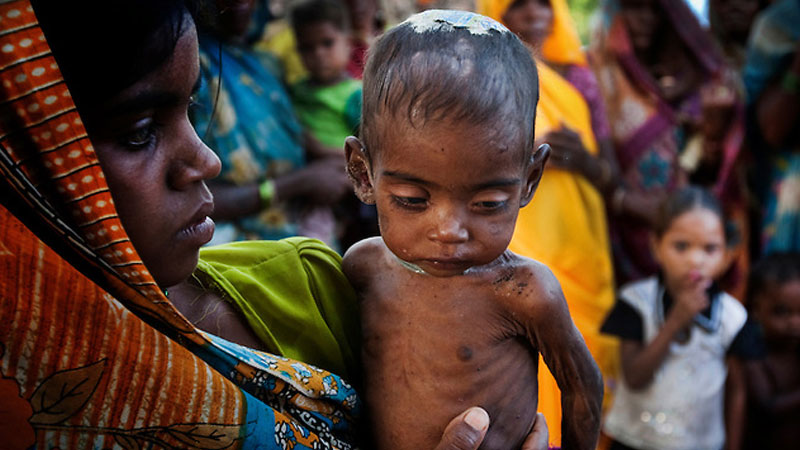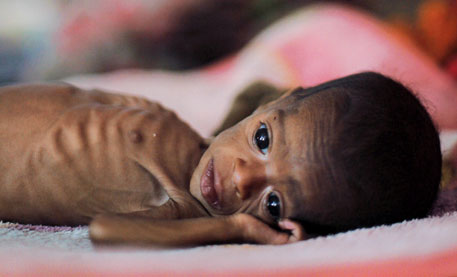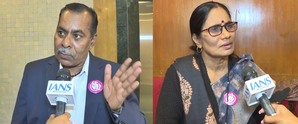Malnutrition And Food Insecurity In India Still High: Survey

Mobilenews24x7 Bureau
New Delhi Feb 23 : The Hunger Watch on Wednesday in its new findings said that the Malnutrition and food insecurity in India is still very high, at the same time income of the people decreased as compared to pre-pandemic period.
Hunger Watch in its second survey also said the budget for Integrated Child Development Scheme (ICDS) has seen a 38 percent cut in real terms in 2022-23 compared to 2014-15 and the mid-day meal scheme (MDMS) has seen a nearly 50 percent reduction in real terms.

“Despite contributing to nearly 50% of the country’s GDP and constituting 86% of the workforce, the conditions of workers in the informal sector have significantly worsened over the last two years. It is estimated that an additional 23 cr individuals have fallen below the daily wage threshold of Rs 375 per day” the survey said.
Hunger watch interviewed 6,697 respondents from 14 states which including Uttar Pradesh, Madhya Pradesh, Gujarat, Rajasthan, Maharashtra, Chhattisgarh, Jharkhand, Delhi, Telangana, and West Bengal, Andhra Pradesh, Bihar, Karnataka, Himachal Pradesh. While 4,881 were interviewed in rural areas and 1,816 in urban areas.
The report said 66 percent of the respondents said that their income decreased as compared to pre- pandemic period. Among those who suffered a decline in their income, close to 60 percent said their current income was less than half what it had been before the pandemic.

“Close to 45% of the households had some outstanding debt. Among those with outstanding debt, 21% of the total respondents have a total amount of debt of more than 50,000 rupees” it said.
Talking about food insecurity, it said close to 80% of the sample reported some form of food insecurity in the month preceding the survey. 31 percent reported mild food insecurity, 23 percent moderate, and a staggering 25 percent reported severe food insecurity. More than 60 percent worried about not having enough food, we’re unable to eat healthy or nutritious food or could eat only a few kinds of foods in the month preceding the survey.
When it came to consumption of cereals, pulses, and vegetables, the report said only 34 percent reported that their consumption of cereals in the last month was sufficient.
“28 percent for dark green leafy vegetables, 50 percent for milk or eggs, 55 percent for flesh foods, and 58 percent for fruits. Compared to pre-pandemic 41 percent of the respondents said that the nutritional quality and quantity of food the household eats had deteriorated” it said.
On health expenditure due to covid, 23 percent of the households incurred a major health expenditure. Among those
households, 13 percent incurred an expenditure of more than 50,000 INR and 35 percent of more than 10,000 INR.
On food entitlements, the report said, 84 percent have some kind of ration cards that give them subsidized grains (priority,
AAY, state ration cards, etc). 2 percent had other cards such as temporary cards/coupons.
“Over 90 percent of those who had any ration card that is eligible for subsidized grains, said they received some food grains, including the free grains under PMGKAY during the last six months”
Around 31 percent of the surveyed households were STs, 25 percent were SCs, 19 percent belonged to the
General category, 15 percent OBCs and 6 percent were Particularly Vulnerable Tribal Groups (PVTGs).






